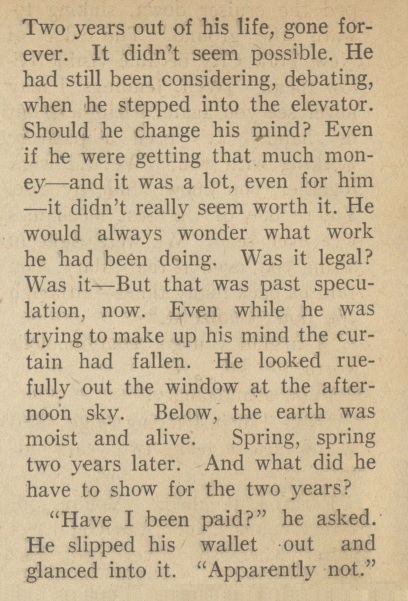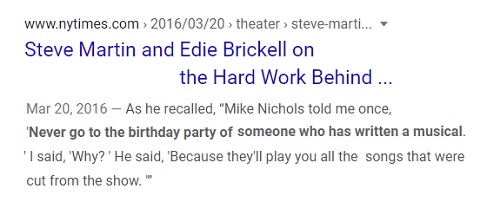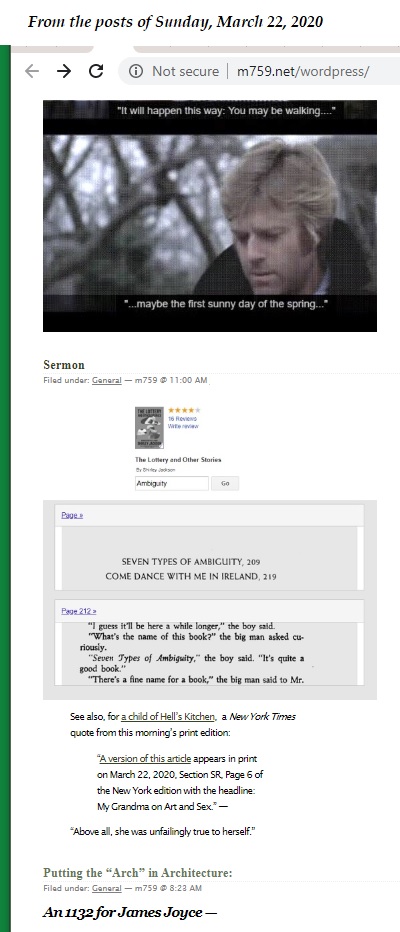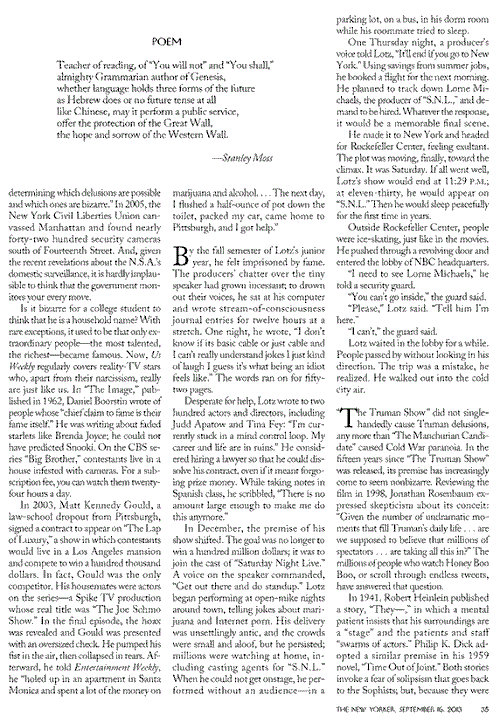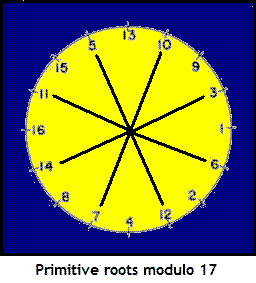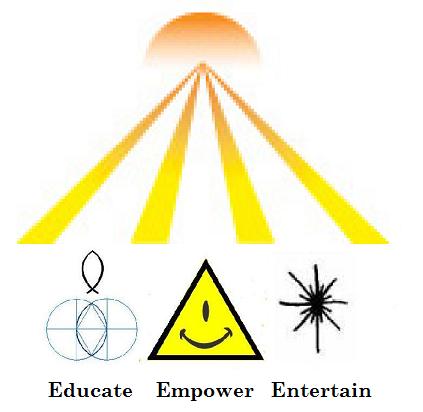For Mary Shelley, on her birthday: A Chain of Links The creator of Frankenstein might appreciate the following chain of thought. Lucifer.com Lucifer Media Corporation Lucifer Media Sites The Extropy Institute: International Transhumanist Solutions Why Super-Human Intelligence Would Be Equivalent To Precognition, by Marc Geddes:
"Consider the geometry of multiple dimensions as an analogy for mental abilities… …if there is a 4th dimension of intelligence, to us ordinary humans stuck with 3 dimensional reasoning, this 4th dimension would be indistinguishable from precognition. Post-humans would appear to us ordinary humans as beings which could predict the future in ways which would be inexplicable to us. We should label post-humans as 'Pre-Cogs.'
In the Steven Speilberg [sic] film Minority Report, we encounter genetically engineered humans with precisely the abilities described above."
Internet Movie Database page on "Minority Report"
IMDb page on "Minority Report" author Philip K. Dick
IMDb biography of Philip K. Dick, where our chain of links ends. Here Dick says that
"The basic tool for the manipulation of reality is the manipulation of words. If you can control the meaning of words, you can control the people who must use the words."
On the other hand, Dick also says here that
"Reality is that which, when you stop believing in it, doesn't go away."
These two quotations summarize, on the one hand, the cynical, relativistic nominalism of the postmodernists and, on the other hand, the hard-nosed realism of the Platonists.
What does all this have to do with "the geometry of multiple dimensions"?
Consider the famous story for adolescents, A Wrinkle in Time, by Madeleine L'Engle. The author, a well-meaning Christian, tries, like all storytellers, to control her readers by controlling the meaning of words. The key word in this book is "tesseract," a term from multi-dimensional geometry. She insists that a tesseract has mystic properties and cannot be visualized. She is wrong (at least about the visualizing).
See The Tesseract: A look into 4-dimensional space, by Harry J. Smith.
See also the many revealing comments in Harry J. Smith's Guestbook.
One of Smith's guests remarks, apropos of Smith's comments on St. Joseph, that he has his own connection with St. Augustine.
For a adult-level discussion of Augustine, time, eternity, and Platonism, see the website Time as a Psalm in St. Augustine, by A. M. Johnston.
See also the remark headlining Maureen Dowd's New York Times column of August 28, 2002, Saint Augustine's Day:
"I'm with Dick."
Whether the realist Dick or the nominalist Dick, she does not say.
As for precognition, see my series of journal notes below, which leads up to two intriguing errors in an Amazon.com site on the "Forbidden Planet" soundtrack. The first two audio samples from this soundtrack are (wrongly) entitled "Birdland" and "Flamingo." See also the West Wing episode rebroadcast on Wednesday, August 28, 2002,
The Black Vera Wang
C. J. Cregg (Allison Janney), who models a black Vera Wang dress in that episode, has the Secret Service codename Flamingo.
"…that woman in black She's a mystery She's everything a woman should be Woman in black got a hold on me"
(Foreigner 4 in my August 28 note below)
